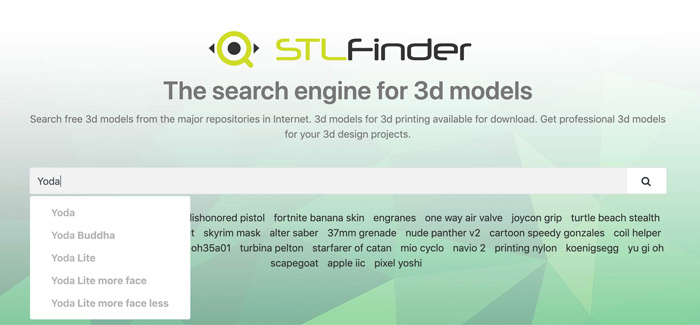

Select Options then choose desired resolution > Click Okģ.

As a quick reference, here are some of the steps for exporting STL files.ġ. Exporting STL files may differ in each CAD software. Exporting STL files using different CAD softwareĮxporting an STL file is one of the steps in creating 3D printed models. a door in a building has a air gap all around the door and is not connected solidly so cannot be 3D printed in the model.įurthermore, information such as colour, internal structure, texture or attributes that a CAD file holds may not be included in an STL file. These are known as non-manifold edges e.g. The second biggest problem regarding STL files is the gaps and overlaps of joining surfaces in model that are not drawn correctly. STL only understands the external surface and shape of the 3D model. Limitations of STL filesĪlthough STL is the most widely used file format for 3D printing, it also has its own limitations. STL file is widely used because it is simple, light and easy to be handled by 3D machines and software. The more triangles used, the higher resolution the 3D model will have. This format uses a series of linked triangles to recreate or reproduce surface geometry of the 3D model. An STL ( S tandard Tessellation Language or ST ereo Lithography) file is a format that describes surface geometry of a 3D object without any colour, texture or other attributes. STL format is the most commonly used format file for 3D printing. In order to understand this file type better, below are 5 vital things you need to know about STL file format. Since then, it was considered as the “standard” file format for 3D printing. It was created to prepare CAD data for 3D printers.

STL was first developed for stereolithography in the late 1980s. The most common file format for 3D printers is STL (. There are many file formats that are used for 3D printing such as OBJ, VRML, PLY, etc.

When designing any 3D model, one will likely encounter a variety of file extension types to save drawings.


 0 kommentar(er)
0 kommentar(er)
